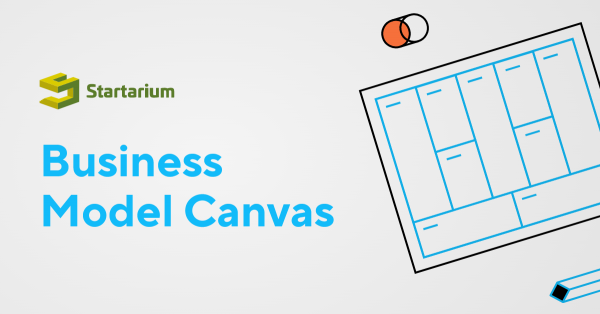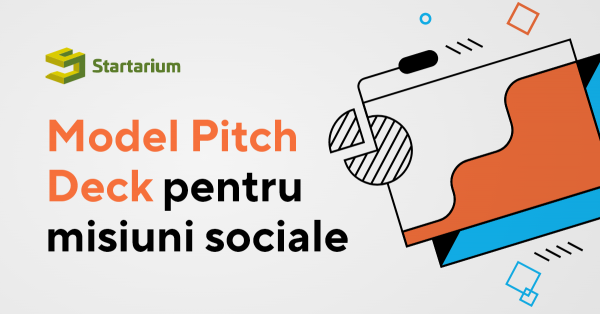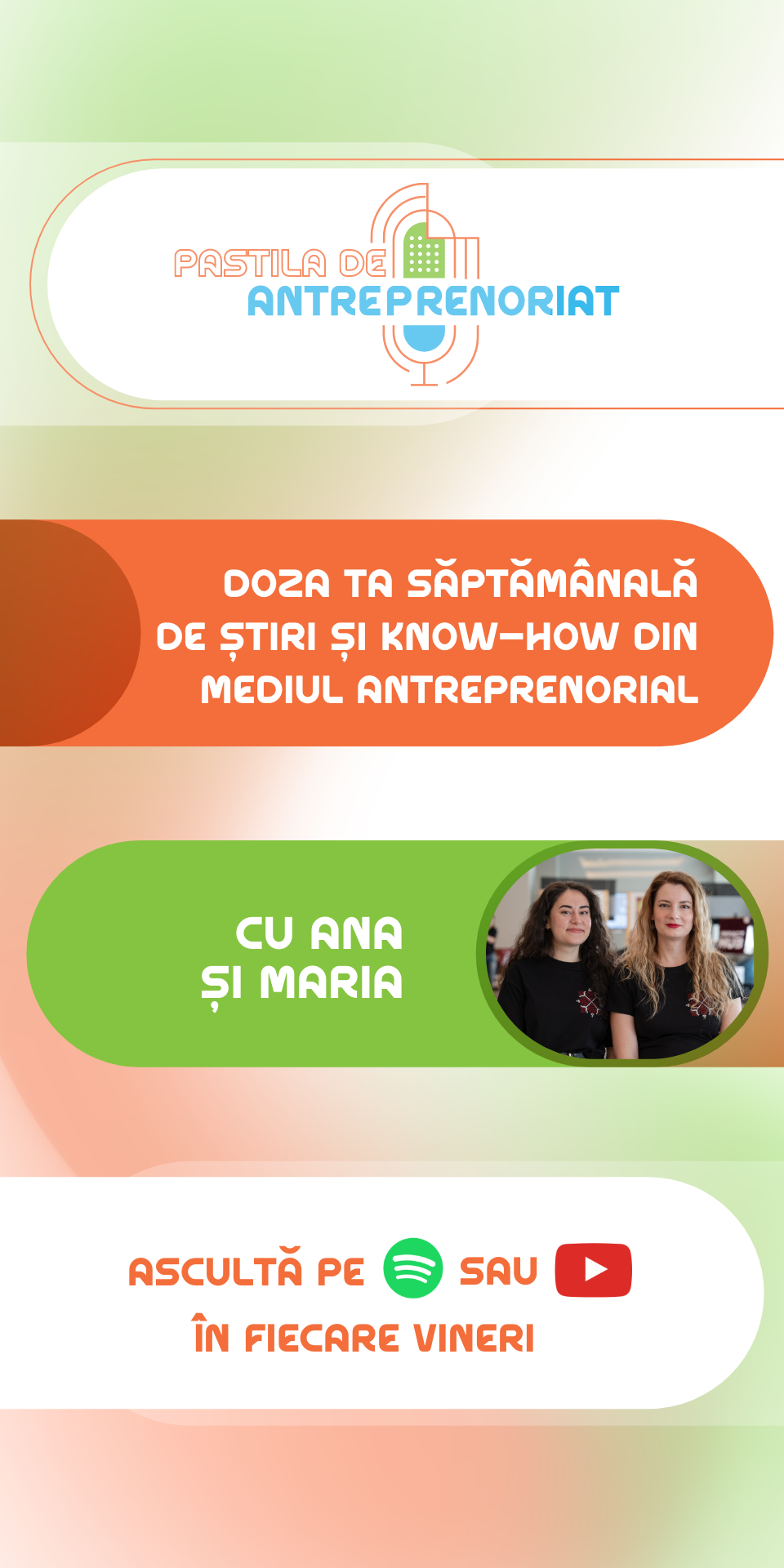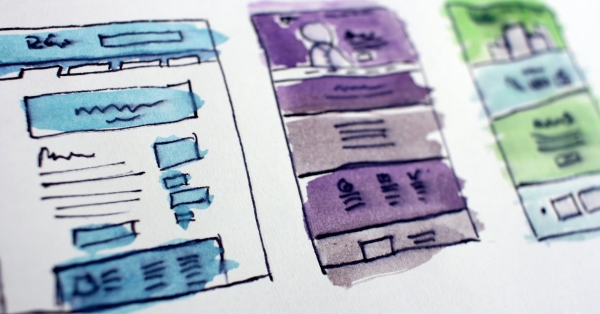Here are three exercises for you to experiment with design thinking techniques!
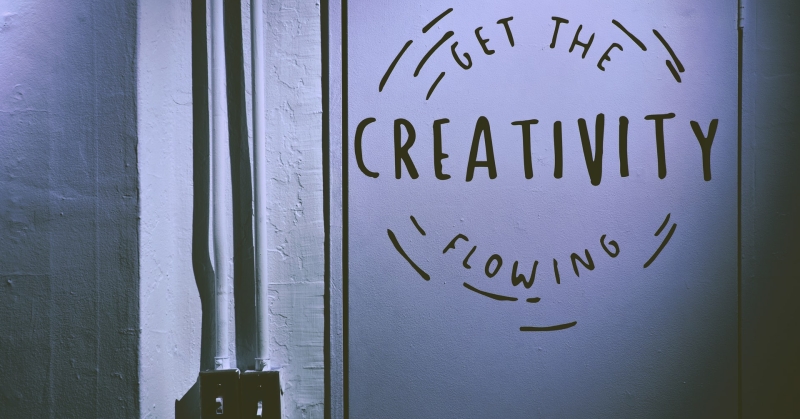
Empathy
Empathy is a necessary first step in every design thinking project. It entails approaching design and business choices through the eyes of the end-user or customer, and genuinely comprehending and anticipating their requirements. These design thinking activities can help you get inside your users' heads, find patterns and issues, and connect them to the problem your team is trying to address.
Creating Personas
Personas are a great method to focus on your user and make sure you're creating for their most pressing requirements. Your target user's usual features, issues, and wants are represented by personas. In order to focus on diverse demands and encourage diverging ways of looking at a challenge, you need build one to three personas for your project.
Create your first persona!
Ideation
Alternate Uses
Alternate Uses is an ideation exercise that boosts divergent, out-of-the-box thinking.
How it works:
- Set the timer for 3 minutes.
- Pick an ordinary object, like a toothbrush.
- Jot down as many ideas as you can of alternate ways you could use that object. For example, a toothbrush could be used to clean things, brush your eyebrows, or create a fun paint splatter effect for an art project.
- Go around the room and have each team member share their favorite ideas.
This is a fun and easy exercise that works for groups of all sizes. And by the end, you should have a wide mix of practical, unusual, and silly ideas. You might even be surprised at how creative you can get after a couple rounds of exercises. This activity is a great way to warm up your brain and get comfortable with your team before diving into a serious brainstorming session.
Bad Ideas
Brainstorming is all about generating ideas without judgment. The more creative and weird, the better! But getting people to share unpolished thoughts is easier said than done.
The Bad Ideas exercise helps your team approach ideas with an open mind by encouraging them to consider all the possible benefits and applications of even the most wild proposals.
How it works:
- Get in groups of two or three people.
- Assign each group an objectively bad idea, like “Sandpaper Socks” or “Ketchup-flavored Popsicles.”
- Give the groups five minutes to discuss all the potential benefits, uses, and selling points for their assigned product.
- Have each group “sell” the team on their bad idea.
Have fun with it. Bad Ideas is a simple activity that can kickstart out-of-the-box thinking and help your team focus on benefits and possibilities rather than all the ways an idea could fail—which is the perfect mindset for generating exciting and original ideas during your formal brainstorming meeting.









